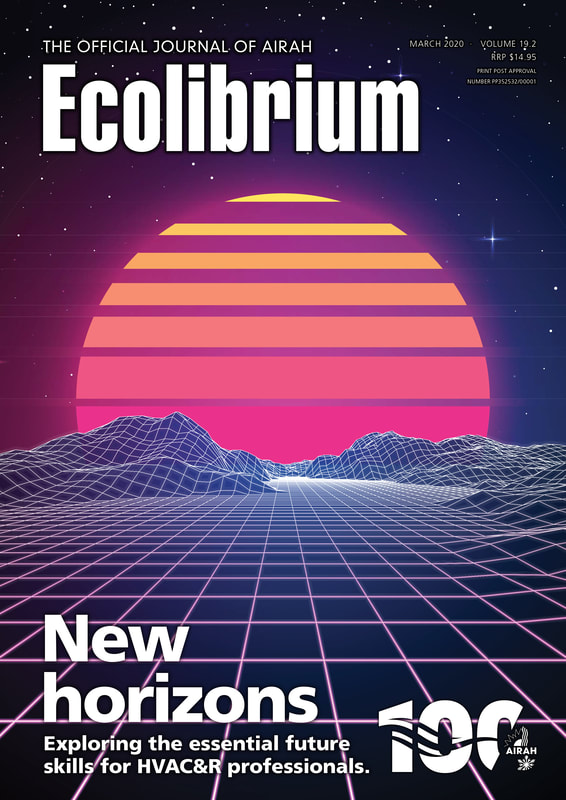"New horizons"
This article appears in Ecolibrium, March 2020 |
Just think of the advances our industry has made over the past century.
Indeed, you only need to look back a decade or so to see how quickly HVAC&R has evolved – as have the built environments in which so much of our work is integral.
From better understanding of the data our systems generate to the leading role HVAC professionals can have in the design teams of the future, there’s little doubt that to stay still in our industry is to go backwards.
We put a call out to some of the industry’s best and brightest to gain their insights into what it will take to stay on top of your game as a HVAC&R professional in the years and decades to come.
Indeed, you only need to look back a decade or so to see how quickly HVAC&R has evolved – as have the built environments in which so much of our work is integral.
From better understanding of the data our systems generate to the leading role HVAC professionals can have in the design teams of the future, there’s little doubt that to stay still in our industry is to go backwards.
We put a call out to some of the industry’s best and brightest to gain their insights into what it will take to stay on top of your game as a HVAC&R professional in the years and decades to come.

